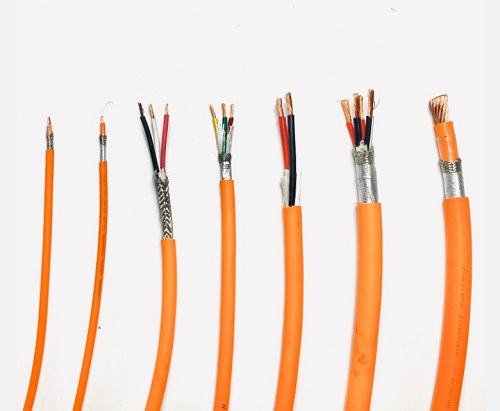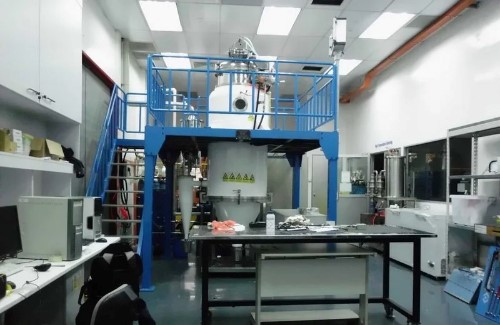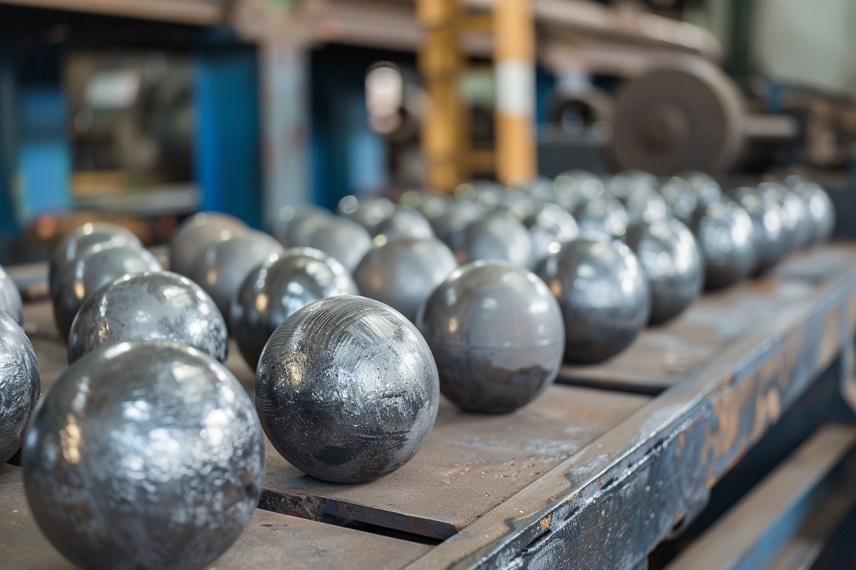Zirconia in Ceramic Materials
You all must have some knowledge about ceramic materials, its properties and its applications in different industries. In this article, you will learn that how and why some people consider zirconia as a typical ceramic material. Zirconia, which has monoclinic crystal structure at room temperature, has ability to transform its structure from tetragonal to monoclinic as temperature changes or the stress increases. Apart from this property, another important point to know is that when zirconia is mixed with other oxides, its cubic/tetragonal phases become stabilised. Before going further into the details of zirconia's applications in ceramics, let's evaluate this material from a different perspective.
Engineering Properties:
Zirconia as a ceramic is one of the most researched materials in engineering subjects. Its properties make it the best ceramic material. Not only this, but it is also an electro ceramic material. Zirconia is imported and traded all over the world in different forms for use in several industries. These also include zirconia ceramic alloys with the following characteristics:
• It has a good strength and high fracture toughness
• It is water resistant and hard
• Zirconia is a non-magnetic material
• Zirconia ceramic has a poor thermal conductivity.
• It is corrosion resistant even in the reaction with acid and alkali.
• According to a research, its modulus of elasticity is almost same as steel
These properties are surely attractive for many industries, especially engineering and design, for use in various applications. To make it more useful, zirconia is often blended with other oxides like magnesium, calcium or yttria. Along with the changes in basic properties, its tetragonal structure also changes and little cubic crystals form which make zirconia meta-stable.
Uses:
As explained above, zirconia is mainly used in the production of different ceramic and electro-ceramic materials due to the high ionic conductivity. Some other important uses of zirconia in ceramic are:
• It is used in making ceramic knives because it is harder and sharper than steel.
• Due to its low thermal conductivity, it is used in the process of making ceramic fibre insulation for different heating systems including crystal growth furnaces, fuel cell stack insulation and infrared heating systems.
The above information outlines the major applications of zirconia along with its typical properties. Due to its unique ceramic nature, this material is extremely useful in making various products ranging from household utensils to complex engineering structure like furnaces and heating systems.









